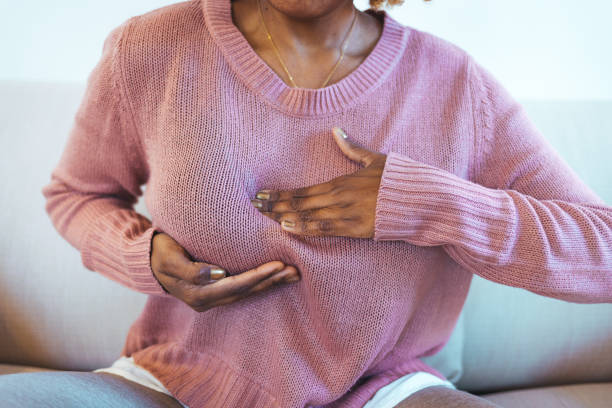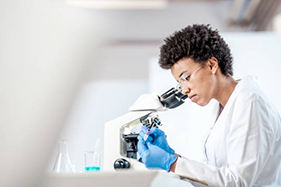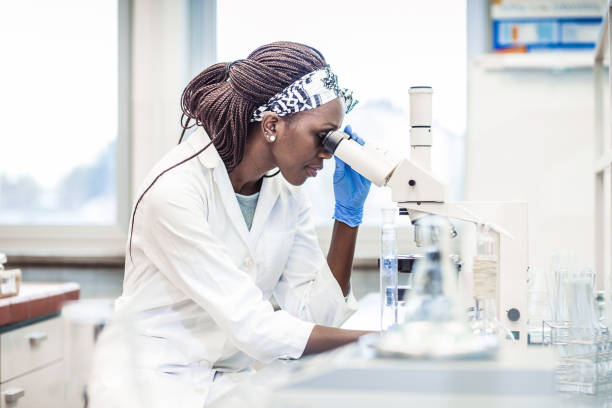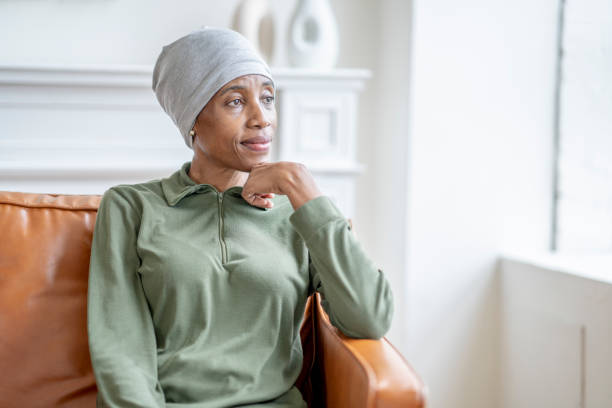Parenting: The Importance of Talking to Other Parents and Learning from Our Parents’ Lessons (and Mistakes)
Parenting, my people, no be small work o! Whether you just born pikin or you get teenagers wey dey scatter the house, the wahala no dey finish. Parenting no get manual, but the good news be say you no need to do am alone. Talking to other parents and thinking about how your own parents raised you—both the good and the bad—fit help you a lot. Make we check why these things dey important and how dem fit make your parenting waka easier. Why Talking to Other Parents Matters Parenting sometimes be like jungle. Just as you think say you don solve one problem, another one go show face. This na why talking to other parents go help: Parenting wahala no be only your own; when you yarn with other parents, you go see say everybody dey learn as e dey go. Learning from Our Parents’ Lessons (and Mistakes) Our parents na our first teachers, and the way dem raise us don influence how we dey treat our own children. Even though dem no perfect, we fit learn many things from wetin dem do right—or wrong. Our papa and mama no perfect, but we fit take sense from wetin dem do well and avoid wetin no make sense. How to Start Meaningful Conversations with Other Parents If you no dey used to sharing your parenting struggles, e fit feel somehow at first. But no worry, e go get easier: No fear to yarn with other parents; sometimes, na for small talk you go hear better advice. Building a Supportive Parenting Network Having a group of parents you fit rely on go make your journey as a parent sweet pass. Here’s why: Conclusion Parenting no be sprint; na marathon wey get up and down. Talking to other parents fit give you ideas, support, and reassurance. Also, looking at the good and bad sides of how your own parents raised you fit help you find balance as you raise your own children. Remember, no one-size-fits-all for parenting. The main thing be to dey open, ready to learn, and adapt when necessary. With small help from others and some wisdom from the past, your parenting journey go easier, and your pikin go thank you for am later.




